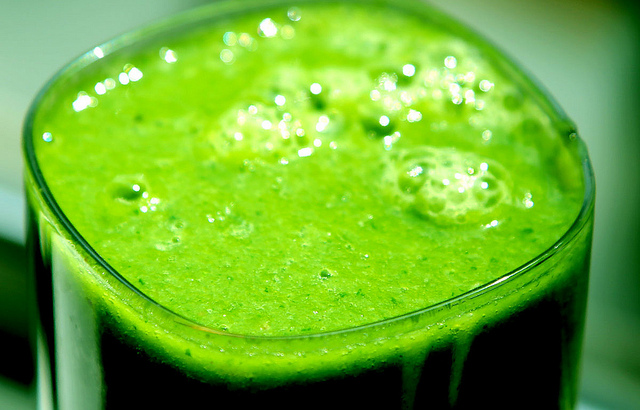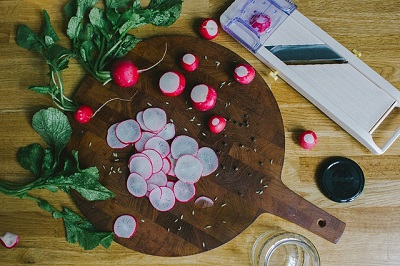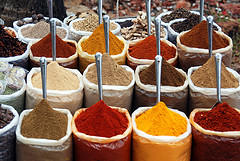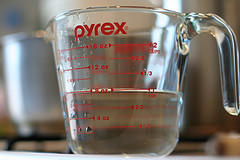Sure, a diet involves cutting back on fat and calories, but that doesn’t mean that you should ever feel hungry. Here are some tips for losing weight without going hungry.
- Don't fast. Trendy cleanse diets involve drinking only water, juice, or not eating anything at all in order to shed pounds. While you might lose a bit of weight at first, fasting actually slows your metabolism down and causes you to gain more weight once you start eating again.
- Always eat breakfast. Breakfast really is the most important meal of the day because it fuels you for the rest of the day. Try something with whole grains, protein, and fresh fruits and veggies to stay full without adding unnecessary calories.
- Stay away from starches. While foods like potatoes and breads will make you feel full very quickly, these food are filled with little more than carbs. Opt for whole grains or sweet potatoes instead.
- Plan your meals. If you plan your meals ahead of time, you won’t have to choose what to eat once your hunger starts to set in (which can lead to overeating).
Diet Myth or Truth: Fasting Is Effective for Weight Loss [WebMD]
10 Easy Ways to Lose Weight Without Starving [Men’s Health]
Losing Weight [CDC]





 Equal Housing Opportunity
Equal Housing Opportunity